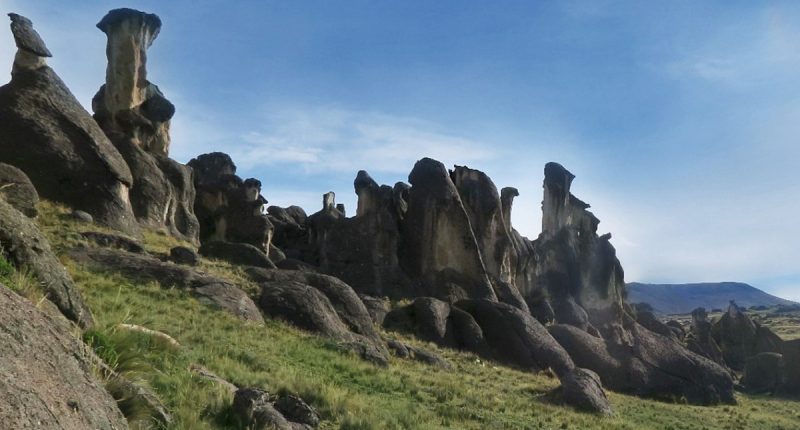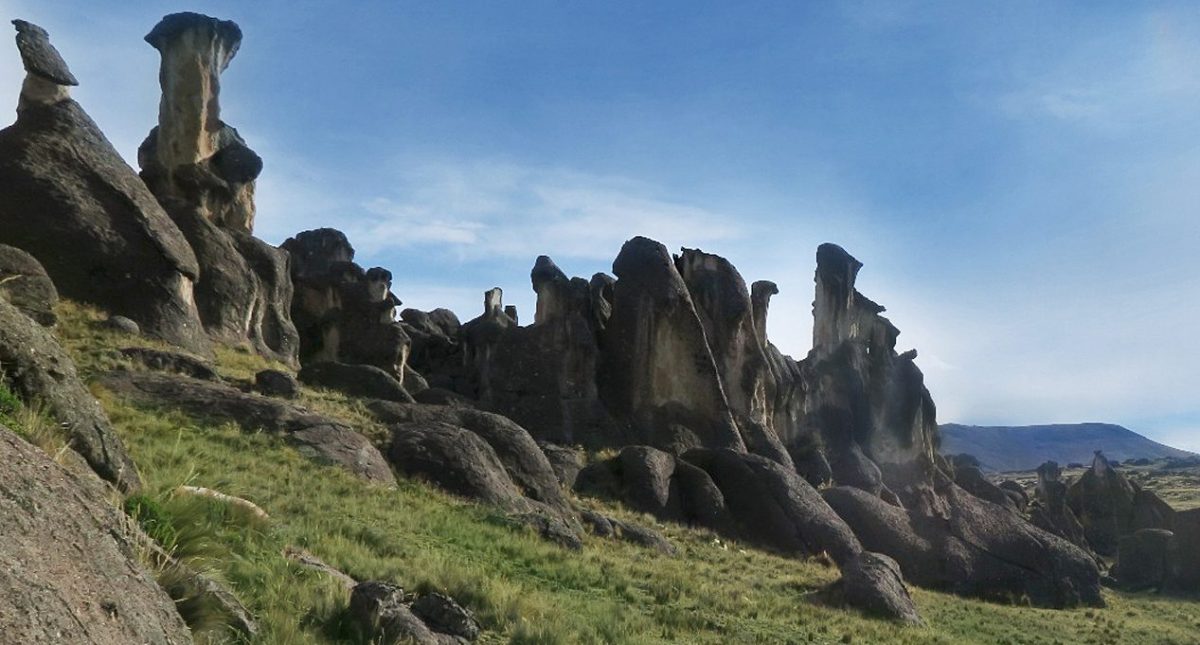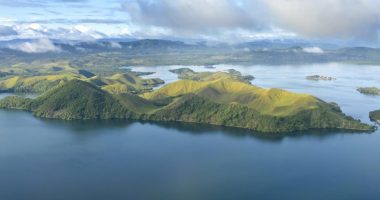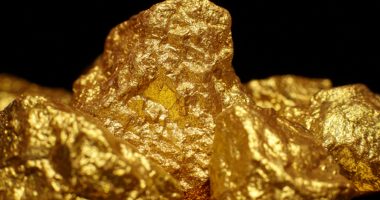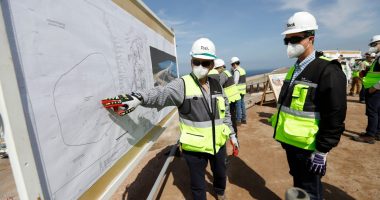- Azincourt Energy (AAZ) reports elevated radioactivity within a significant alteration zone, at the East Preston Uranium Project
- Drilling commenced on January 24, and to date, 3,208 metres has been completed in 13 drill holes
- 10 drill holes are complete, one was abandoned, and two are in progress on the G- and K- Zones
- Azincourt considers the drilling results to date to be significant, as major uranium discoveries in the Athabasca Basin
- Azincourt Energy Corp. (AAZ) is up 6.67 per cent, trading at C$0.08 at 12:34 pm EST
Azincourt Energy Corp. (AAZ) is reporting on the ongoing 2022 exploration program at the East Preston uranium project, located in the western Athabasca Basin, Saskatchewan.
Drilling at the East Preston Project commenced on January 24, and to date, 3,208 metres has been completed in 13 drill holes.
Despite a period of extreme cold weather and its associated problems, two drill rigs are operational on the project.
10 drill holes are complete, one was abandoned, and two are in progress on the G- and K- Zones. Initial progress was reported in a previous press release dated February 14, 2022.
Drilling continues on the northeast-trending G-Zone where eight holes have been completed and one hole is in progress.
Extensive alteration and evidence of east-west cross-cutting structures have been intersected along the southern portion of the zone.
Hole EP0030 shows the best alteration on the G-Zone, with an extensive interval of hydrothermal hematite alteration and significant evidence for a steep east-west fault cross-cutting the main northeast-trending structure and graphitic lithologies.
Additional drilling will be undertaken to evaluate the significance of this alteration and associated cross-cutting structure.
On the north-south trending K-Zone, two holes have been completed and one is in progress, with one hole lost in a sand-filled fault zone at the north end of the zone.
Drilling on the K-Zone has intersected extensive hydrothermal hematite alteration in all holes, indicating this alteration zone is at least 800 metres long. Drill hole EP0035 intersected an extensive zone of hydrothermal hematite more than 100 metres thick.
Within this zone localized elevated radioactivity identified from both hand-held scintillometers and a downhole gamma probe was also encountered. Analysis of samples from this zone will be sent to the lab to evaluate the significance of the elevated radioactivity in this area.
Additional drilling is underway to evaluate the significance of this alteration zone and to follow up on the elevated radioactivity identified.
Azincourt considers the drilling results to date to be significant, as major uranium discoveries in the Athabasca Basin such as McArthur River, Key Lake, and Millennium were primarily the result of drill testing of strong alteration zones related to conductor features.
The identification of strong alteration zones is an important and meaningful step in locating key areas along with the conductor trends where more attention is required.
As a consequence of the promising developments, many holes have been drilled considerably deeper than initially planned and additional holes are being drilled to follow up key results.
This means that while the planned overall meterage is expected to be achieved, fewer total holes may be completed and not all zones targeted for this program may be evaluated.
“We are very excited by the results coming in so far,” said VP, Exploration, Trevor Perkins.
“Both the G- and K-Zones are responding incredibly well, and the team is very excited by what they are seeing in the core. The results show that there is still a good deal of work to be completed in these areas and I can’t wait to see what the follow-up drilling reveals,” continued Perkins.
“We will continue to focus on the K-Zone for the time being to get a better idea of the extent of the alteration and the type and level of mineralization present,” added Klenman.
The first shipment of core samples from the current drill program is scheduled to be delivered later this week to the SRC Geoanalytical Lab in Saskatoon.
Azincourt expects to receive full suite assay results in early April. Results will be reported once received, reviewed, and verified.
The primary target area for the 2022 program continues to be the conductive corridors from the A-Zone through to the G-Zone (A-G Trend) and the K-Zone through to the H and Q-Zones (K-H-Q Trend).
The 2022 drilling program is targeting similar structurally disrupted zones prioritized on the presence and strength of corresponding electromagnetic, magnetic and gravity geophysical anomalies.
Azincourt Energy is a Canadian resource company specializing in the strategic acquisition, exploration, and development of alternative energy/fuel projects, including uranium, lithium, and other critical clean energy elements.
Azincourt Energy Corp. (AAZ) is up 6.67 per cent, trading at C$0.08 at 12:34 pm EST.
